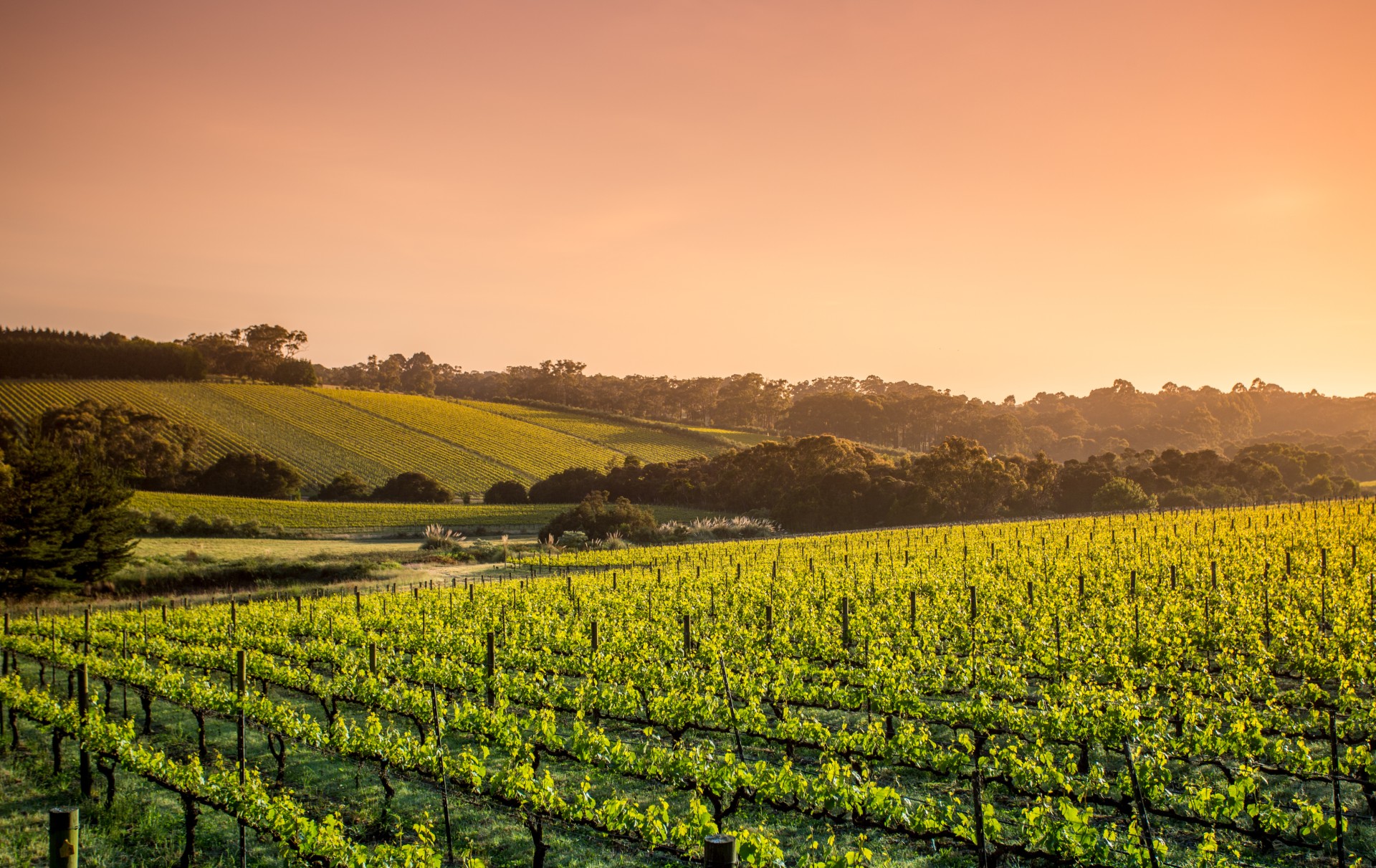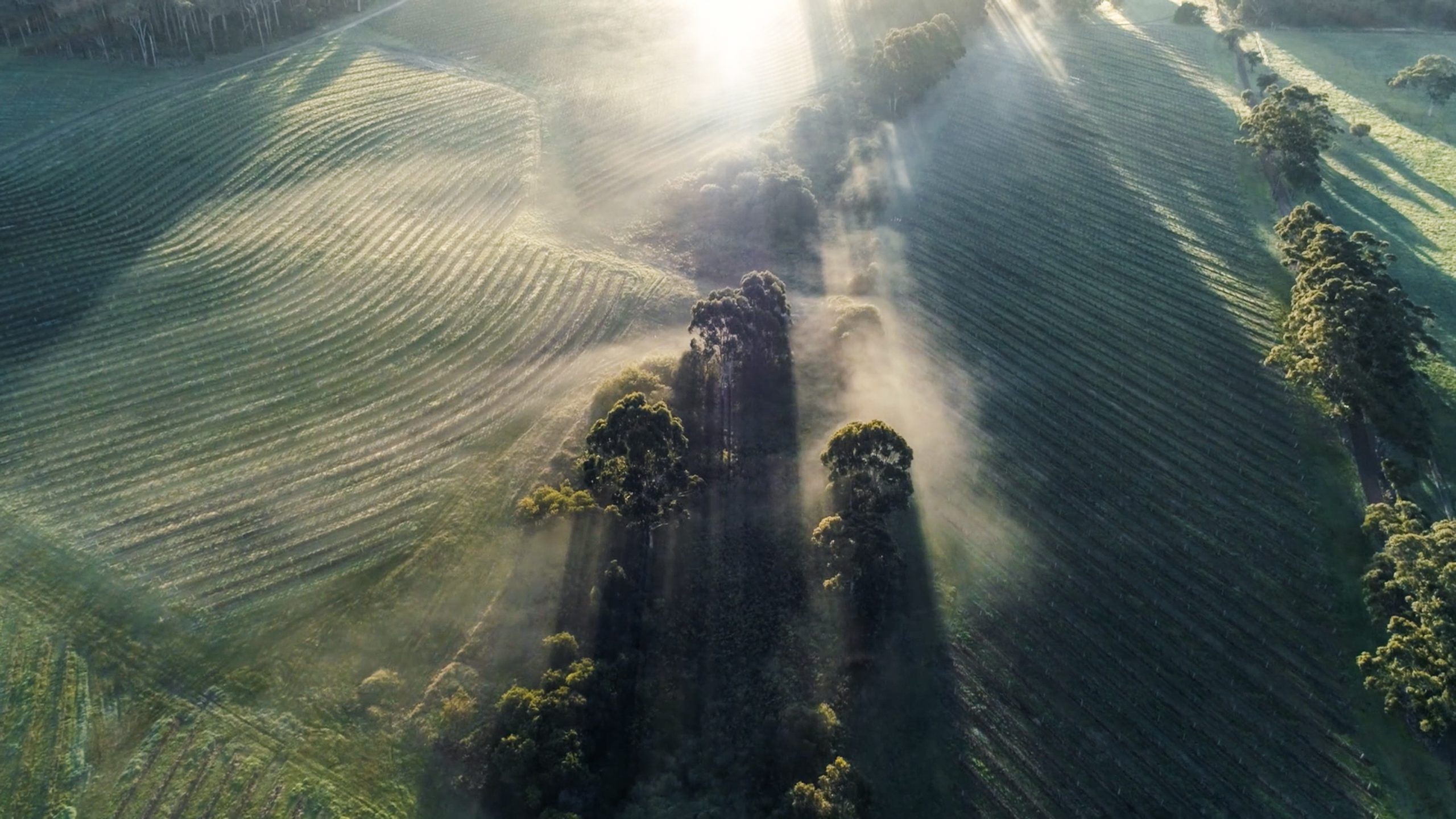Are ‘sessionable’ wines the answer to the duty increases?
With wine retailers still reeling from the biggest duty hikes in 50 years – and no hiatus on the full duty banding due to come in February 2025, db asked retailers if “sessionable” wines and reformulation to lessen the abv below the 11% threshold would open up a new category.

We’ve already seen the start of reformulation among some of the wines on the UK shelves. Last year, Concha y Toro’s announced it would bring the ABV on its leading Isla Negra brand down to 11% or 10.5% from 12%, with some retailers also launching lower strength wines, which fall in a lower tax bracket. Is this indicative that a new category may start to emerge in response to changes to duty banding?
Morrisons wine sourcing manager Charles Cutteridge argues that there is a role for mid-strength wines at the entry level, as it is here that it can offer a clear value message.
“Where we can naturally lower alcohol, then there’s definitely something,” he explains, citing Muscadet or Vinho Verde and other classic wines where you might expect the level to be around 10.5%.
However, there are clear limitations to this as a wider policy, not least because “it requires a completely different approach in the vineyard”. There’s also the consideration that with the UK being the only country currently trying to re-engineer wines for this reason, “it doesn’t make sense to do [it] for just one market”.
“Are we going to see 8% Shiraz at £10, or that sort of category of ‘sessionable’ wines?,” Cutteridge asks. “I think not.”
“For now, we’re just going to make the best wines we can. We’ve got our reformulation programme which is going well, but there are no wider plans to introduce mid-strength.”
Partner Content
It is therefore less about beating the duty, than keeping people in the category, argues Clive Donaldson, director of beverages at Asda’s IPL International Procurement & Logistics division.
“We’re trying to make intelligent choices around lowering ABV, where it makes sense to do it,” he explained to db. While “obviously if there’s a sensible decision… it’s a no-brainer” but he warns that “you can create a lot of Frankenstein wines by letting ABV drive decision.”
Waitrose buying manager James Matthewson agrees. “We have done that on a couple of our blends to reduce the alcohol – but only where we feel it doesn’t change the product so significantly that people would notice,” he says. “We’re not going through a programme of taking all of our 13% wines to that level, because we think the product would suffer, and it will not be authentic. And authenticity is really important to us.”
This article is an extract from db’s recent retail feature, to read the full article, see here.
Related News
Taxing Times: a snapshot of UK retail
Olympics triggers boom in UK wine sales
Majestic spies 125 locations to open ‘one new store per month’
Related news
Ricky Gervais demands Barossa red on his tour rider




